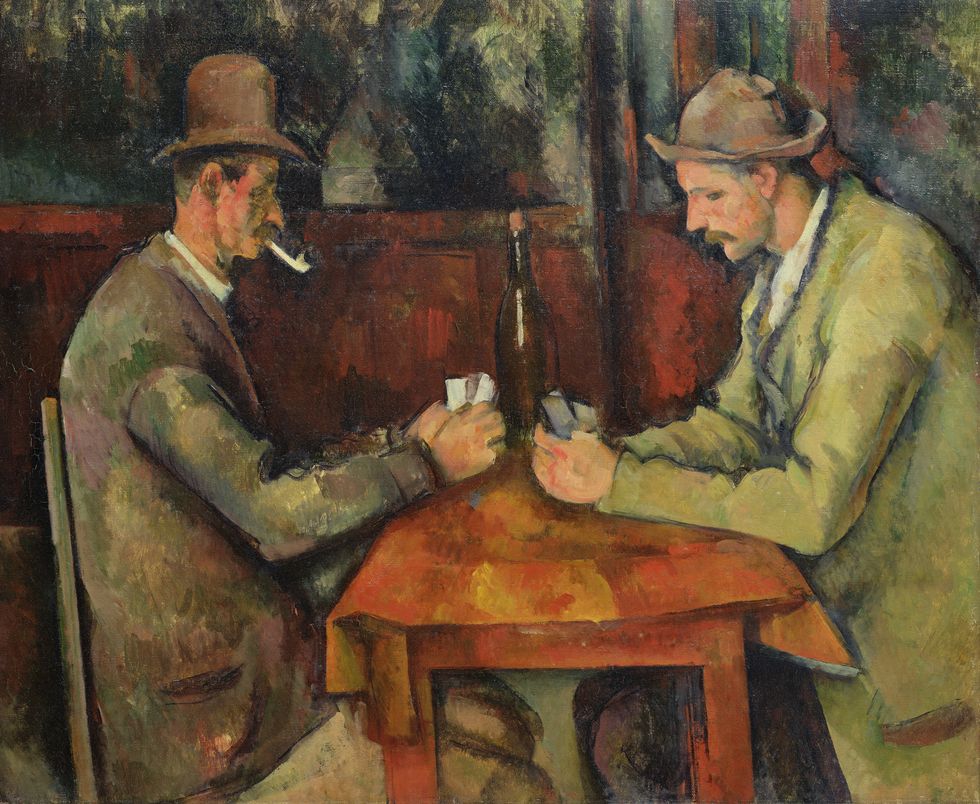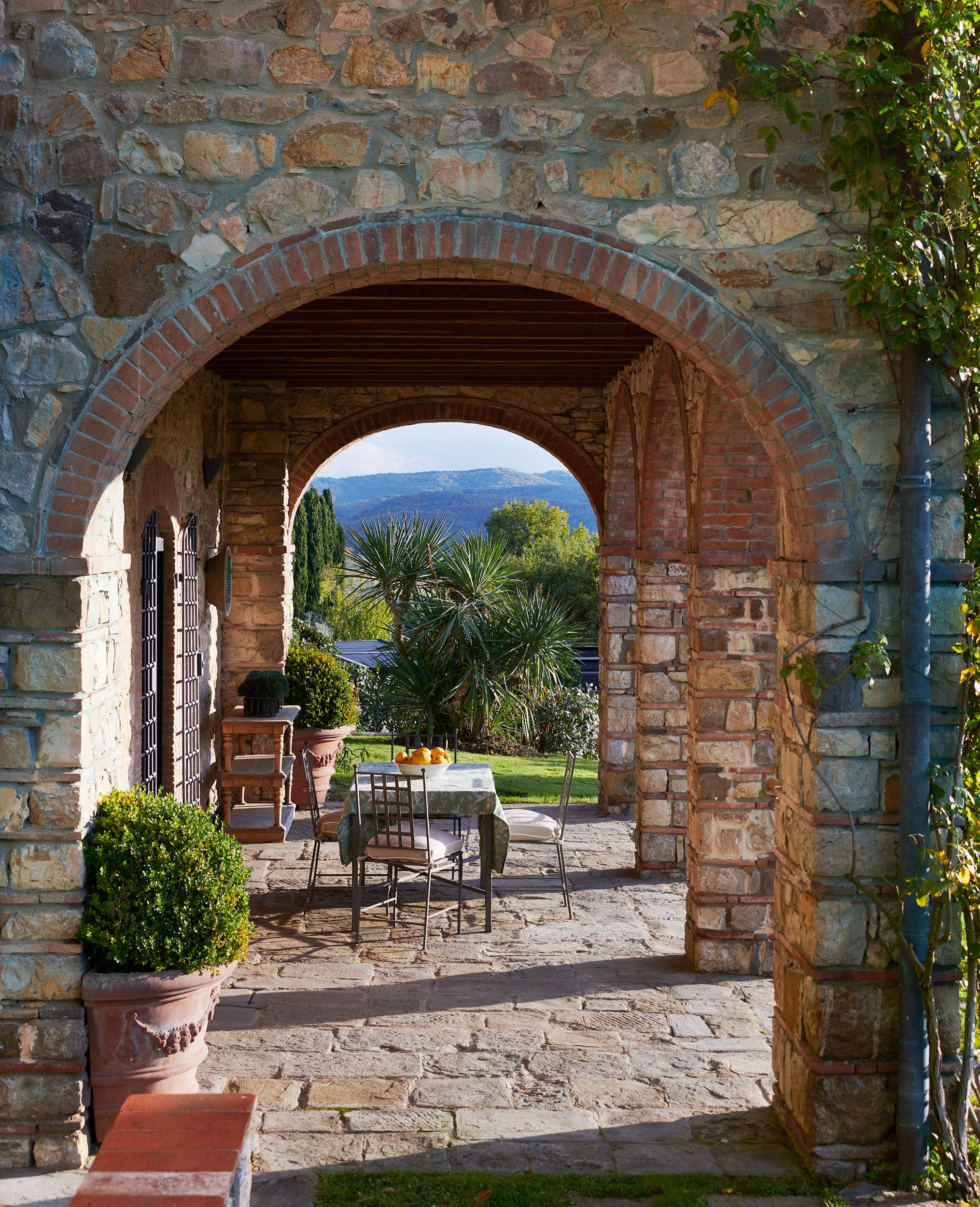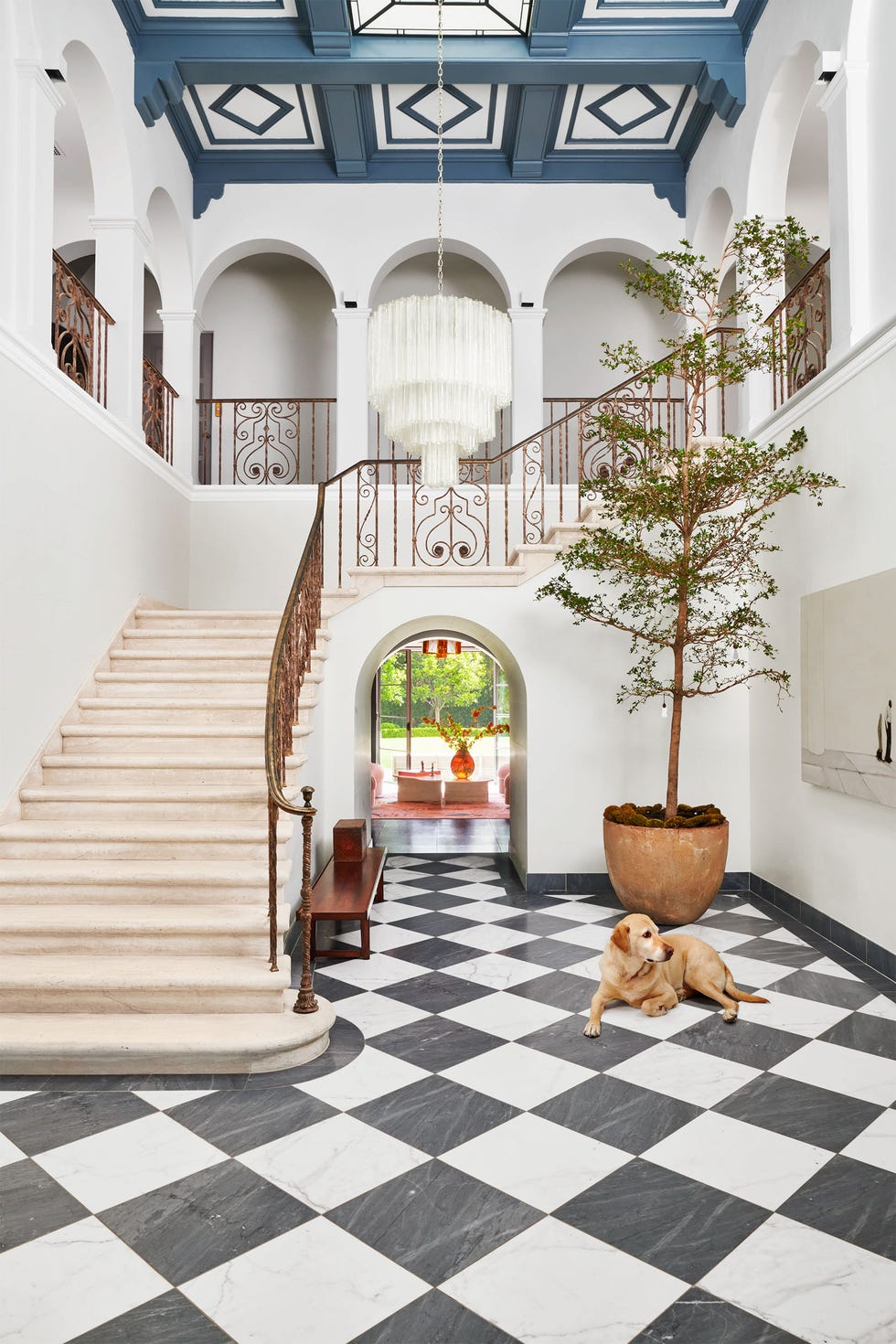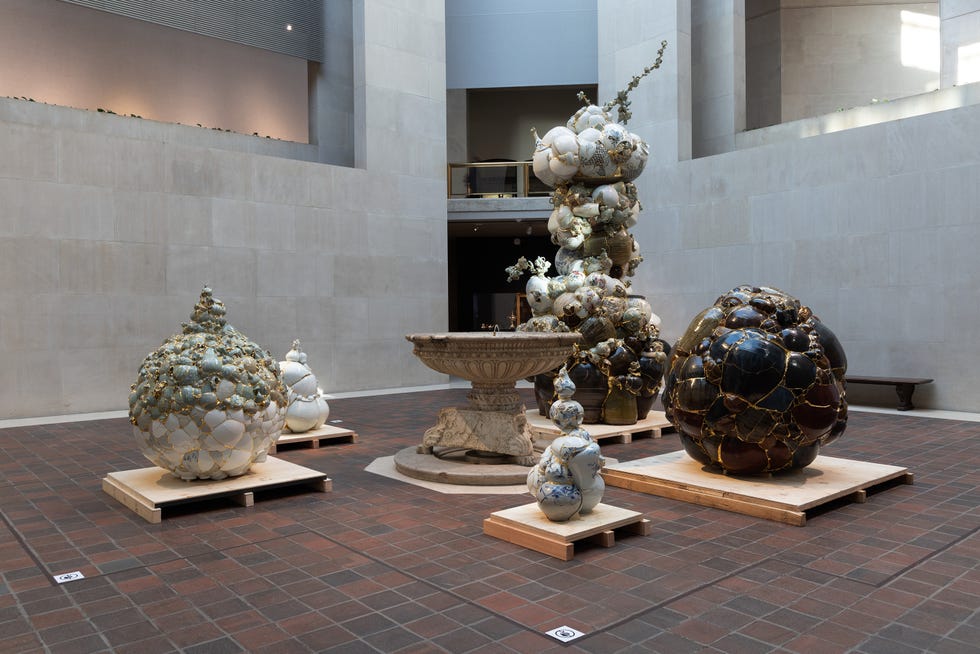The summer of Paul Cézanne is underway. The city of Aix-en-Provence, France, is recognizing their famous former resident with a year of programming. In addition to a restoration of the Cézanne family estate, Bastide du Jas de Bouffan, now open to the public, the year-long ode to the artist includes a highly anticipated exhibition of over 130 works titled Cézanne au Jas de Bouffan at the Musée Granet. It opens today, June 28th.
Though Cézanne split time between Paris and Aix-en-Provence, it was at Jas de Bouffan that the young artist began making work—and it’s the Provençal landscape that appears in some of his most recognizable pieces. The 35-acre estate was first purchased by Cézanne’s father in 1859. Intended as a country retreat, it’s believed to have become a permanent residence for the family by 1870, though by then the young artist had already begun painting directly on the walls of its “grand salon,” according to museum’s press materials. In total, Cézanne would spend four decades visiting Jas de Bouffan before it was sold in 1899.
As the city of Aix-en-Provence began its preparations for the year of Cézanne, the estate was surveyed, and, in 2023, fragments of a never-before-seen painting were discovered. “Authenticated by the Société Paul Cezanne,” these fragmentary finds show “a harbour entrance with flags, masts, buildings and sky,” according to the museums’ press materials.
The renovations to the «bastide» or family home at Jas de Bouffan are ongoing, but as of June, 2025, the house has opened its doors to visitors, who will have access to Cézanne’s studio, the «large Provençal kitchen, and Madame Cézanne’s bedroom.»
In conjunction with the opening of the bastide is the international exhibit at the Musée
Granet, which opens today, June 28. The oil paintings, drawings, and watercolors on view articulate the relationship between Cézanne, the family’s estate, and the landscape it occupied. For example, the models for «The Card Players» (1893-1896; on loan from the Musée d’Orsay) were men who worked on the property. Also on view at the Granet are many well-known works including the «Bathers At Rest» (1875-1876; from the Geneva Museum of Art and History), Self-Portrait in Front of a Pink Background (1875; from the Musée d’Orsay), Still Life with Cherries and Peaches (1885-1887; from the Los Angeles County Museum of Art), and The Four Seasons: Spring, Summer, Autumn, Winter (1860; Musée des Beaux-Arts de la Ville de Paris). The collection has pieces on loan from museums across the world, and across the artist’s lifespan. Even the museum itself is part of Cézanne’s story. In 1857, he took free drawing classes at an academy inside what would become the Granet.
The curation of the exhibition follows the chronology of Cézanne’s development, starting with the drawings made at the classes at the academy followed by the paintings he made directly on the walls of the estate. In order of his having painted them, viewers will see his landscapes, the Four Seasons panels, and a portrait of his father, among many other works.
«Cézanne 2025,« says Sophie Joissains, Mayor of Aix-en-Provence, and Vice-President of the Provence-Alpes-Côte d’Azur Region, for the exhibition program, «will ensure the artist, forever linked to his hometown of Aix-en-Provence, is remembered as a ‘worthy interpreter of the riches’ of this region—a goal the artist pursued throughout his life.»





